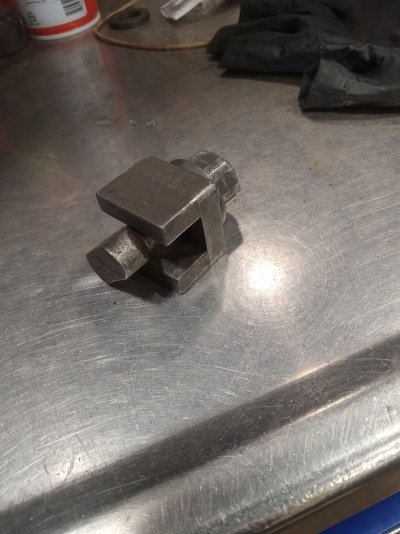Sorry, but not true. If your suspension arms are parallel to the tie rods and the same length, you don't get toe change. With different length upper and lower arms, you can still find a point in the arc of suspension travel for a tie rod to mount and eliminate toe change. I highly recommend picking up a copy of this book if you haven't already read it.You can't have the spindle move up 2-3 inches as happens on most suspensions when loaded and not have a drastic toe change.
www.amazon.com/Chassis-Engineering-Building-Performance-Handling/dp/1557880557/
You should not have drastic toe change. What are you calling "drastic"? We were getting about 1/2" of toe change on our MR2.
@MountainDont, what do you define as "a bunch"?both wheels, noticeably the passenger, went toe out by a bunch.


